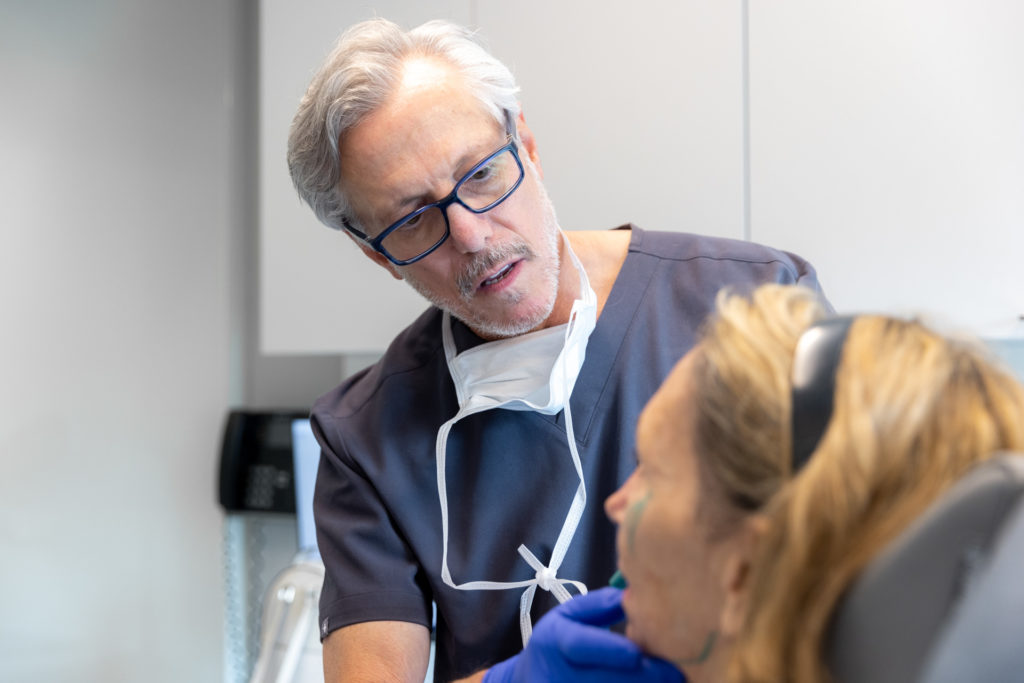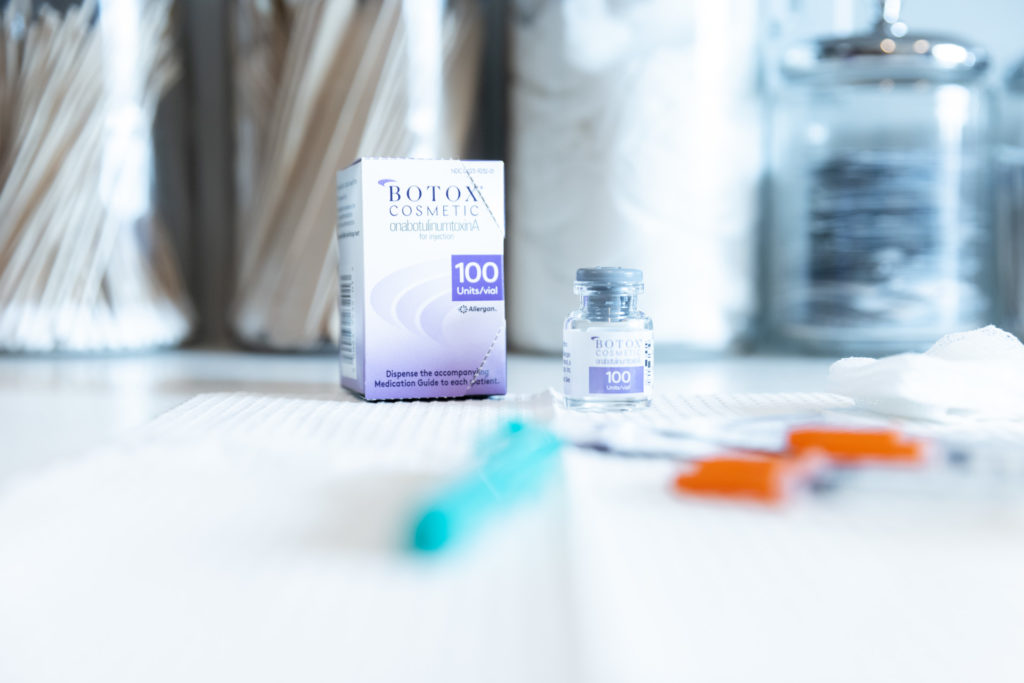
REVISION RHINOPLASTY, WHAT WENT WRONG IN THE FIRST PLACE?
NEW YORK, NY
This is the third in a series of blogs on revision rhinoplasty. Last week, I reviewed my upcoming publication in “Archives of Facial Plastic Surgery” which chronicles the most common reasons patients seek revision rhinoplasty and why so many revisions are necessary. Now I will summarize what makes a nose look “fixed.” This is becoming more and more of a concern for patients since there is so much information (and misinformation) now available on both bad and good plastic surgery. The following characteristics are the most common tell-tale signs that a nose has been over-done:
- Pinched tip
- Pulled up nostrils
- Deep creases above the nostrils
- Tip “knuckles” called bossae
- Narrow middle third with a chevron shaped dent called an inverted-V deformity
- Scooped out profile
There are patients with these kinds of noses all over the country. While it is easy to criticize these noses, many were created in the 60’s and 70’s when this nose was actually in fashion. Additionally, the rhinoplasty procedure back then all about reduced, reduce, reduce. Doctors did little grafting, so bumps were shaved down to meet the lowest point in the nose. Now, if the nose starts too low or the tip is weak and what we call under-projected, grafts can be added to build up around the hump. That way, less hump is removed and a more balanced, more elegant nose is the result.
With my experience performing numerous revision rhinoplasties, I have learned what causes most of the abnormal findings that bring patients to my office for revisions. Rhinoplasty surgeons must be aware of all these potential consequences and what anatomic findings can lead to these problems if not recognized.
This is a comprehensive subject that could fill an entire chapter and more, but to summarize the highlights, starting from the tip up; nasal tip cartilages can be weak or strong. Each will react differently to surgery. Strong cartilages will maintain strength and can be shaped more easily. Weak cartilages can buckle and may need grafts to prevent over-narrowing.
The Middle third of the nose houses the internal nasal valve, the narrowest part of the airway. Removing a large hump and/or short nasal bones can lead to narrowing and the inverted-V deformity. Prophylactic spreader grafts can be used to prevent this over-narrowing.
Regarding the bony or top 1/3 of the nose; scooping out of the nose is more common when an osteotome or chisel is used to remove the bump, unless in very skilled hands. With the exception of a very large bump, rasps are usually safer.
For a very quick summary of what I teach my fellows and residents:
- Pinched tip: leave at least 7 mm of tip cartilage and narrow further with sutures
- Pulled up nostrils: make sure that the cartilages aren’t naturally overly rotated upward if they are use grafts to support them
- Deep creases above the nostrils: Don’t over-respect or over-narrow with sutures. If the tip needs a lot of narrowing use alar support grafts
- Tip “knuckles” called bossae: if cartilages are weak, sew the domes (middle part) together
- Narrow middle third with inverted-V deformity: watch out for anatomic prediliction as discussed above
- Scooped out profile: be careful when removing the hump
In summary, rhinoplasty and even revision rhinoplasty can be a rewarding experience for patients and the surgeon if both are prepared. Steven J. Pearlman, MD, FACS




